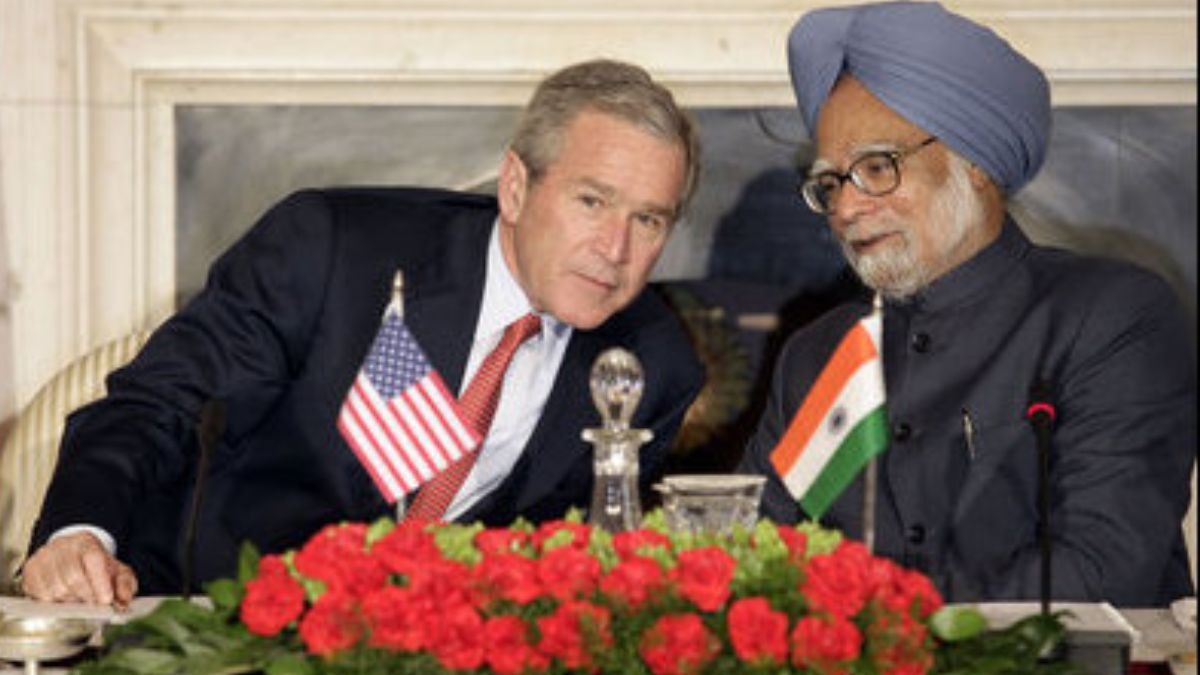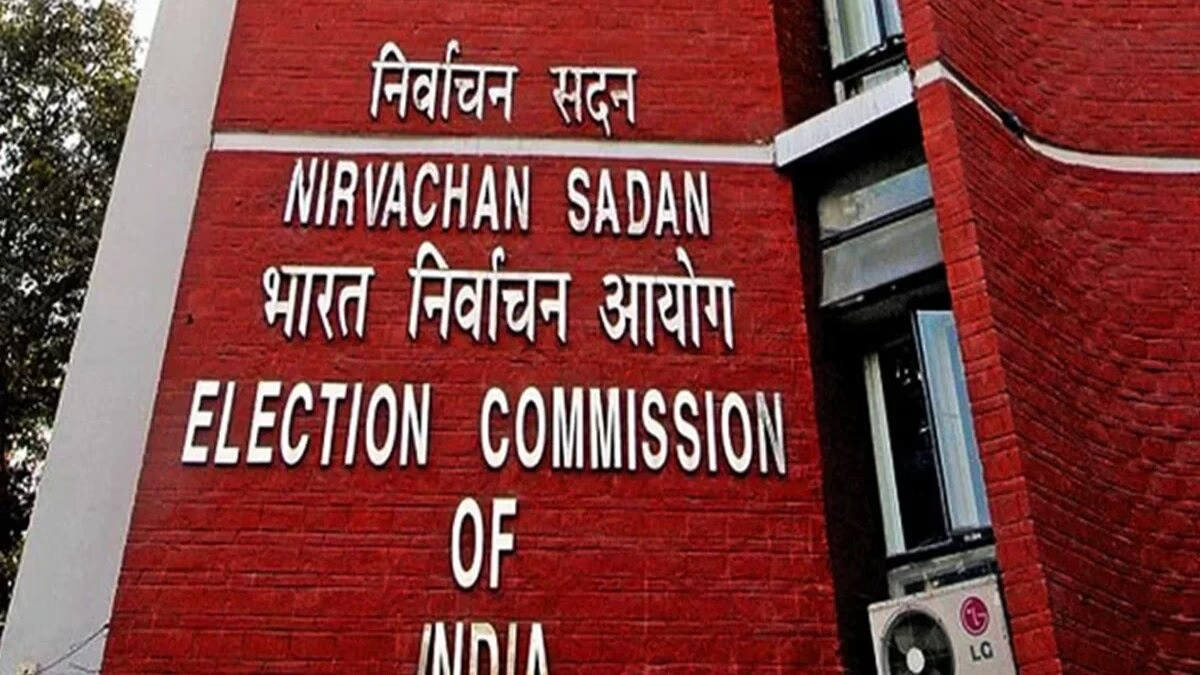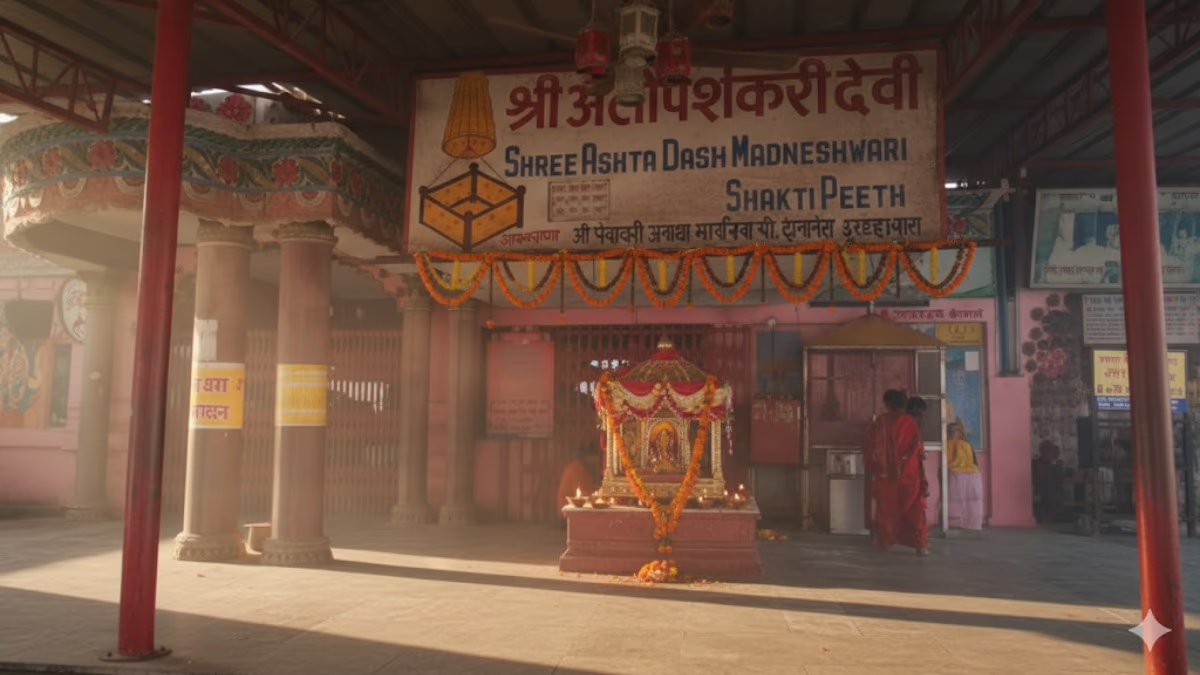Elections and controversies are inseparable in politics, and the latest uproar stems from a pledge by the Communist Party of India (Marxist) or CPI(M). Their manifesto promises the destruction of nuclear weapons if they come into power, as part of the India Block opposition alliance, sparking an escalating controversy.
Prime Minister Narendra Modi has branded this election promise as 'dangerous.' Addressing a rally, PM Modi questioned whether it would be prudent for a country like India, with nuclear-armed neighbors, to dismantle its nuclear arsenal.
The BJP has accused the CPI(M) of acting on China's behest, while the opposition maintains a safe distance. Congress leader Digvijaya Singh remarked that CPI(M) should answer for these declarations as they have no involvement in the matter.
The stance of the Left parties in India towards nuclear weapons has always been consistent. During the first tenure of the Manmohan government, when the significant Indo-US nuclear agreement was about to take place, the Left parties vehemently opposed it and eventually withdrew their support from the government. It was later revealed in a book that their opposition was influenced by China's directives.
China's hand in opposing the nuclear agreement!
In Vijay Gokhale's book, 'The Long Game: How the Chinese Negotiate with India,' released two years ago, he claimed that the Left's decision to oppose the nuclear deal was driven by China. In 2008, China leveraged its close ties with India's Left parties to initiate a political opposition within India to break the Indo-US nuclear deal.
Gokhale asserts that China used the Left parties and media inclined towards the Left to create obstacles in the nuclear agreement, marking it the first instance of Chinese interference in India's internal politics.
Read this in-depth analysis:
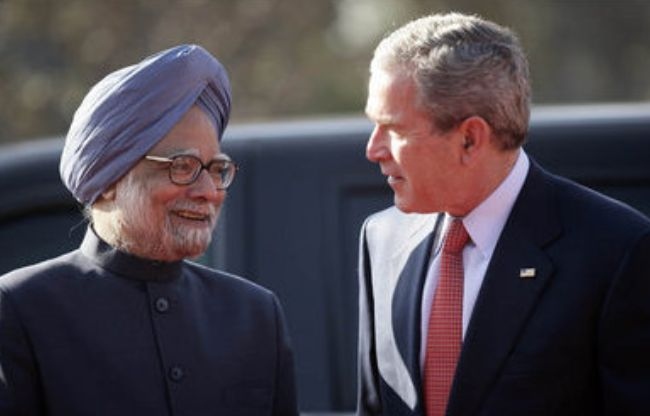
Source: aajtak
The Backstory
On May 18, 1974, India conducted its first nuclear test in Pokhran, Rajasthan, named 'Smiling Buddha.' The successful operation created ripples around the world, particularly troubling the United States.
Following this test, India faced several sanctions, with Canada and America halting the supply of radioactive fuel to Indian reactors. That same year, the 'Nuclear Suppliers Group' was formed, imposing restrictions on nuclear material and technology exports to India.
The group's stipulation was clear—no nuclear trade with non-signatories of the Nuclear Non-proliferation Treaty (NPT). India refused to sign the NPT, prompting further restrictions.
In 1998, under the government of Atal Bihari Vajpayee, India carried out more nuclear tests in Pokhran. In response, the US escalated sanctions. Many years of tension between the two nations ensued until May 2004, when efforts to mend relations began with the election of Manmohan Singh's government. During a visit to the States in July 2005, Manmohan Singh managed to get US President George W. Bush to agree to a nuclear deal.
America set two conditions for the deal: India would segregate its military and civilian nuclear activities and International Atomic Energy Agency (IAEA) would monitor India's nuclear centers following the transfer of nuclear technology and material.
It was during President Bush's visit to India on March 2, 2006, that the historic agreement was signed, also known as the 'India-USA Civil Nuclear Deal.' However, it wasn't smooth sailing yet.
Read more: The Battle of Tipu Sultan in Rahul Gandhi's Wayanad: BJP's Move to Rename Sultan Bathery and its Implications
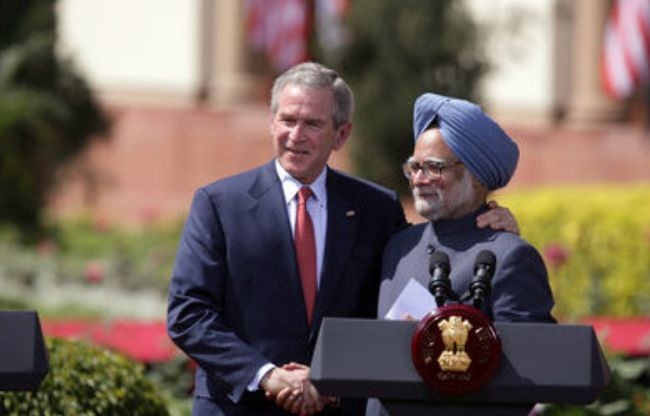
Source: aajtak
The Left's opposition swells
The Left parties, such as CPI and CPI(M), were always opposed to the nuclear deal with the US. They remained relatively quiet initially due to upcoming elections in Kerala and West Bengal, but resounding returns in both states emboldened their opposition.
After election results, the Left, supporting the Manmohan government from the outside, began pressuring the government to back out of the nuclear deal. Leaders from the Left frequently threatened to withdraw their support. When CPI leader A.B. Bardhan was asked how long the government would last, he amusingly replied, 'Till five in the evening, but no assurances beyond that.'
The Left contended that the deal would undermine India's independent foreign policy and sovereignty, labeling it a trap by America aiming to bind India strategically and militarily.
This pressure led to turmoil within Congress as well. It was rumored that Congress President Sonia Gandhi also prompted Manmohan Singh to reconsider the deal. However, Singh was not willing to compromise on the nuclear deal at any cost, reportedly offering his resignation in a heated party meeting.
The culmination of this came on July 8, 2008, when the Left withdrew support from the Manmohan government, claiming it was now a minority. On July 22, 2008, the government introduced a confidence motion and won the vote with 275 in favor against 256, surviving despite the Left's withdrawal.
Read about: Haryana's Jat Loyalties: Political Allegiances Between Congress, INLD, and BJP
The finalization of the deal
While the Indo-US nuclear deal was agreed upon in March 2006, it was not yet finalized as approval from IAEA, Nuclear Suppliers Group (NSG), and the US Congress was necessary.
Facing the pressure, the Manmohan government went into full action mode to finalize the deal following the Left's withdrawal. IAEA approved the deal on August 8, 2008.
Then on September 6, 2008, an essential meeting of the NSG member countries in Vienna culminated with their approval. This reopened doors for India, which had been closed to nuclear material and technology trade for three decades.
With approval from IAEA and NSG, the next milestone was the consent of the US Congress. The lower house of US Congress sanctioned the deal on September 27, 2008, with 298 votes. The US Senate followed on October 2, 2008. President George W. Bush finally signed the agreement on October 8, 2008, completing the formalities.
It has been nearly 16 years since this dramatic political dance ensued, one that ultimately opened the global nuclear market to India, marking a pivotal point in international relations.
